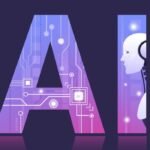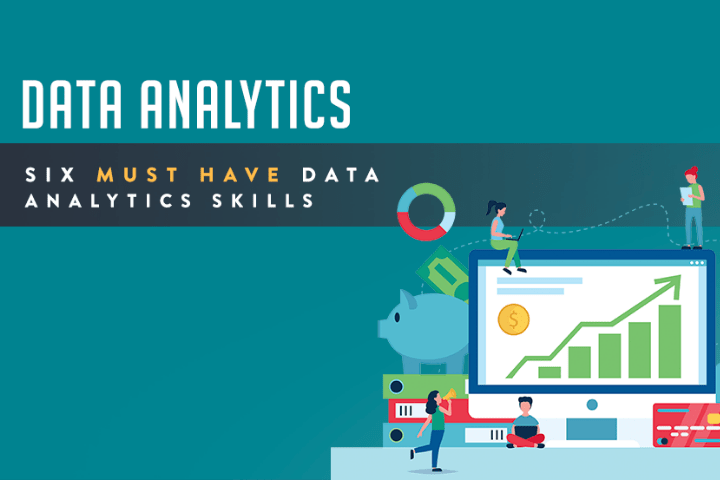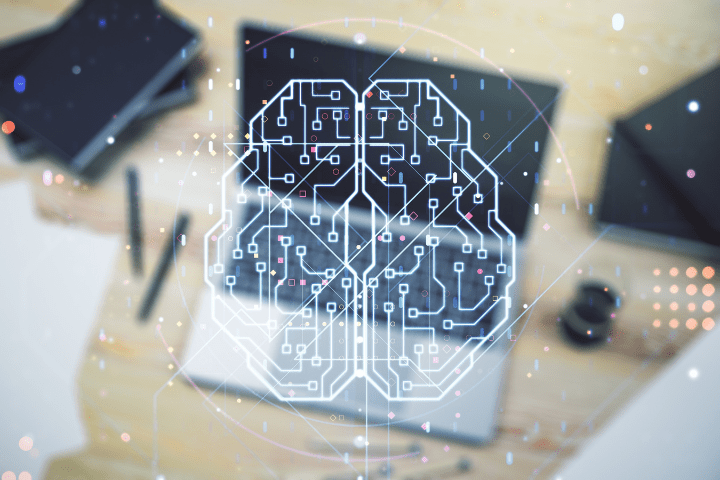Businesses may use data analytics to digitally alter their enterprise & culture ability to make better and creative decisions. The most modern systems now enable the entire analytical process from data access & preparation via analytical operationalization and monitoring outcomes. Organizations can use data analytics to evaluate the whole of someone’s information (unstructured, historical, real-time, qualitative & structured) to identify trends & generate insights that can use to direct some cases via process automation decisions.
Companies may use analytics to provide individualized client experiences and enhance operations. Data scientists may collaborate directly with customers to address problems in real-time by utilizing the very interactive UI of today’s analytics. Data will use in energy, insurance & finance, healthcare, manufacturing, transportation, healthcare, travel & logistics, technology and other areas. They may use route optimization, problem prediction & resolution, proactive customer support, and inventive cross-sell offers.
Data Analytics Requires A Special Set Of Skills
Reporting & Business Intelligence
One of the most common applications of analytics would be to analyze data to provide valuable insights to corporate executives. Analytics is the information gateway for any company, and it can analyze business development, outages, status, partners, income, partners, and other factors. Reports & dashboards will use according to developers, consumers, data modelers, corporate leaders, data quality managers, operations managers, and others.
Data Manipulation/Data Preparation
Data preparation tools & consciousness data wrangling will include a data monitoring application allowing data to collect fast and simply from a range of data sources that may be partial, complex & sanitized for quick mashup and analysis.
Visualization Of Data
Many data analyst scientists depend on information visualization or even the graphical depiction of data to enable people to visually explore and find patterns & anomalies in information to gain insights. Data visualization elements in a analytics system will make faster & data exploration easier.
Analytics For Geospatial & Location
Large dataset analysis may be useless if the user address does not include location analytics & spatial. Applying this level of expertise to analytics allows you to discover insights & spot connections within data that you might not see before. You can more accurately estimate where your most important clients could be and how users will buy your stuff.
Analytics That Predicts
Volunteer data analysts are increasingly undertaking commercial data analyses as software progresses. The technique of leveraging previous data to construct a model for predicting future occurrences is known as predictive analytics. Advanced analytics has traditionally been the realm of highly educated statisticians, data scientists & data engineers.
AI (Artificial Intelligence)
Machine Learning seems to be the implementation of analysis methods through the software to learn automatically from data repeatedly to optimize performance. You may utilize available machine learning algorithms for large amounts of data to discover new insights & patterns without explicitly directing them to search. Seek analytics platforms that can do natural language search augmented analytics & picture analytics.
Analytics In Real-Time
Responding to actual events at the exact time is becoming an increasingly crucial analytics skill. Real-time data extraction via IoT streaming devices, audio & video streams and social media networks is a critical element of today’s top analytics systems.
The Analytic Approach Of Data Analytics
Many businesses start by developing a standardized system for getting & merging data from disparate sources, such as a virtualized data layer. After automating data-wrangling businesses may devote more resources & time to deal with data outliers or discrepancies. Analytics tools constantly pull real-time streaming data for its most accurate analysis. Organizations can move quickly on new insights, simplifying choices.
- Recognize the Business Problem
- Gather/Identify relevant facts about the situation
- Get the data ready for analysis
- Examine the Data for fresh Insights
- Analytics
- Model Deployment & Implementation
- Monitor & Improve Performance
Businesses to audit, cleanse, convert & model their data use analytics. The best analytics systems handle it all for businesses, allowing you to make the most of your data and achieve your business objectives.
The Advantages Of Data Analytics
- Collaborate, Simplify & accomplish more
- Recognize & Address Anomalies
- Operationalize, Monitor, Trust & Manage
- Connect Intelligence to Action
- The Influence of Data Analytics
Tools For Data Analytics
Now that we’ve gone through the various steps of analytics and then glance at the tools to perform the previous tasks. This article will go through different analytics techniques plus different programming languages to conduct better analytics. After seeing analytics solutions, Individuals should now examine analytics apps.
Python
Python is a free & open-source object-oriented programming language. It includes visualization, data processing & modeling packages.
R
R is a free and open-source language of programming that will primarily include statistical & numerical analysis. It comes with several modules for visualization & data analysis.
Tableau
Tableau is a simple analytics software. It allows you to create a wide variety of possible data visualizations and also dashboards & reports that highlight insights and trends.
Power BI
Power BI is a computer-based system with a straightforward ‘drag & drop’ interface. It includes data-friendly features and can access a wide range of data sources. Power BI enables users to pose questions about their data & receive immediate answers.
QlikView
QlikView combines interactive analytics and in-memory storage technologies to analyze massive amounts of data and leverage data findings to identify opportunities for improvement. It offers social data discovery as well as interactive guided analytics. It can change data promptly & with extreme accuracy.
Apache Spark
Apache Spark is an open analytics platform that does actual data processing and complex analytics using SQL queries & machine learning methods.
SAS
SAS is a standard statistical technique that can assist users in SQL queries, insights, statistical analysis, data visualization, statistical analysis, and building machine learning algorithms to forecast the future.
Data Analytics Applications
These are a few uses for analytics. This post will provide a case study from Walmart to make life simpler. Users could see how analytics may help a company grow & better serve the customers. Here are a few instances of analytics in almost every business industry.
- Retailing
- Medical Care
- Industrial Production
- Banking Sector
- Transportation & Logistics
Also Read: Significance Of Machine Learning & Understanding Its Aspects











